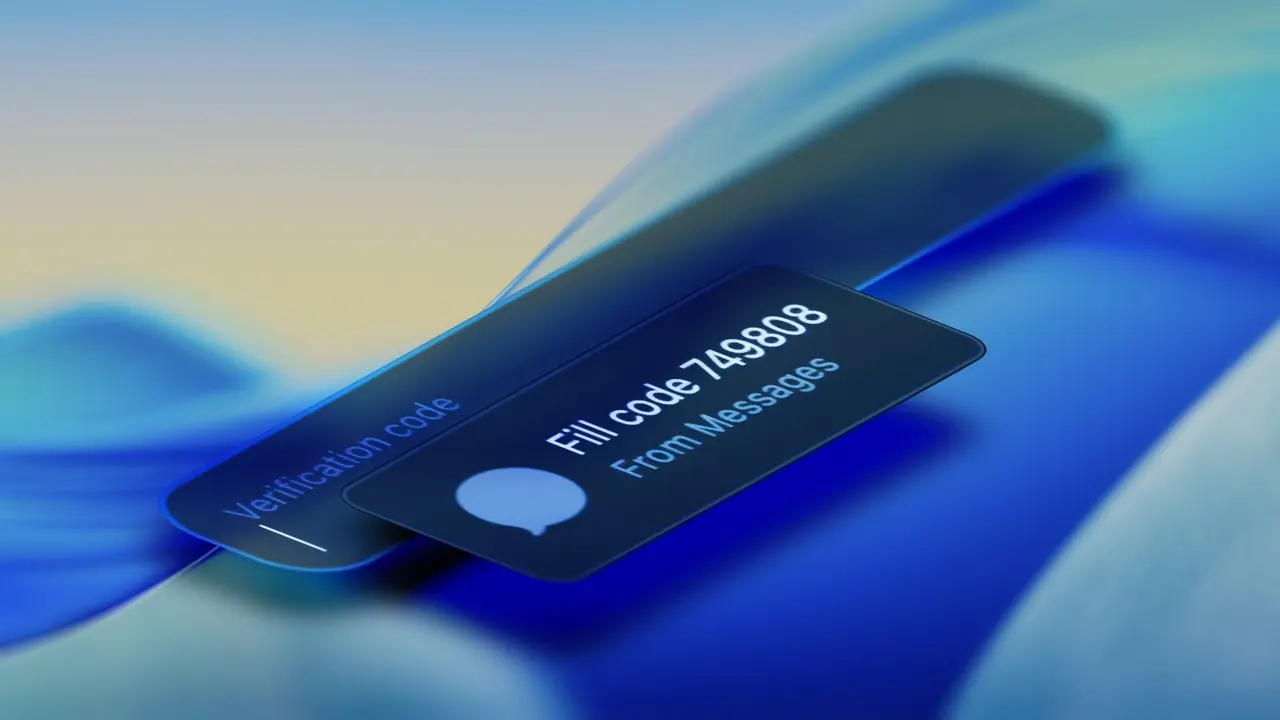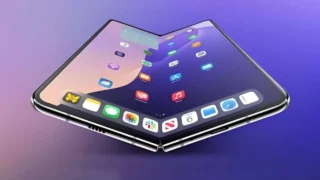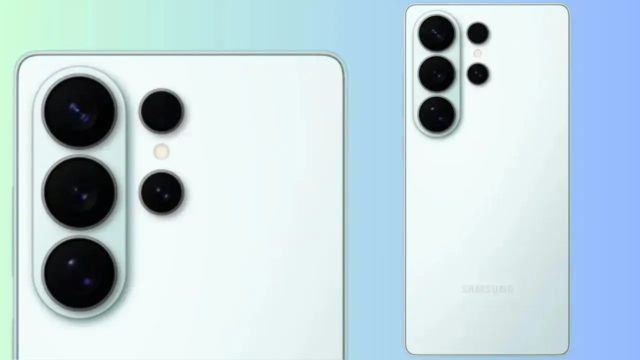With the iOS 26 version, Apple offers a direct solution to two main problems that iPhone users have been experiencing for a long time: the need to manually copy verification codes (OTP) and unwanted calls and messages. The new update improves the user experience by making a significant expansion in the automatic OTP filling system, while also increasing communication security with advanced spam filtering features.
iPhone models will be able to read single-use passwords
Until now, only OTP codes received through the built-in Messages application on iPhones could be automatically recognized and filled into entry fields. However, with iOS 26, this feature has been expanded to include third-party messaging and e-mail applications such as WhatsApp, Gmail, and more.

Verification codes received through these applications are now automatically recognized by the system and placed in the relevant fields without requiring user intervention. This improvement stands out as a convenience that is still not available on Android devices.
Apple first introduced the automatic OTP recognition system with iOS 12. However, the scope was limited to SMS only until now. With iOS 26, codes from the applications that users use the most have also been included in this system.
This innovation will provide significant time savings, especially in terms of banking transactions, two-factor authentications and fast access to various online services. A similar development is taking place on the macOS side. In the macOS Tahoe version, automatic recognition and filling of OTP codes is now supported in third-party browsers such as Chrome.
Another important innovation of iOS 26 is that it offers a more effective protection mechanism against spam calls and messages. The new “Call Screening” feature automatically answers calls from unknown numbers.
The caller announces his/her identity and the reason for the call. After listening to this information, the user can decide whether to accept the call or not. This system acts as an effective filter, especially in preventing calls that are for advertising purposes or suspected fraud.
The Messages application has also been strengthened in a similar way. A new classification and filtering system has been put into operation for messages from unknown numbers. The system filters out potentially spam messages and only focuses on messages from numbers the user has approved.
So what do you think about these innovations? You can share your thoughts with us in the comments section below.













